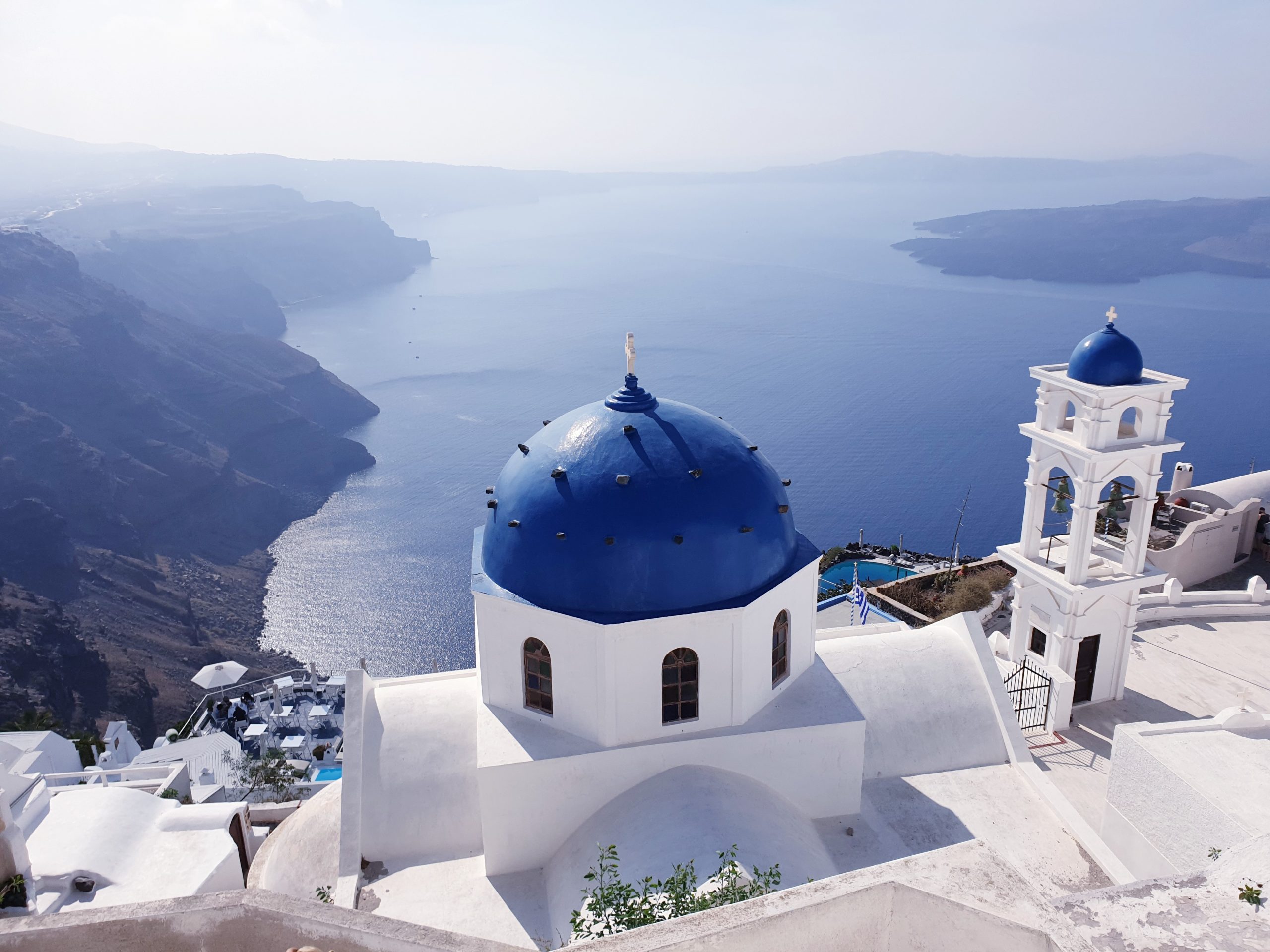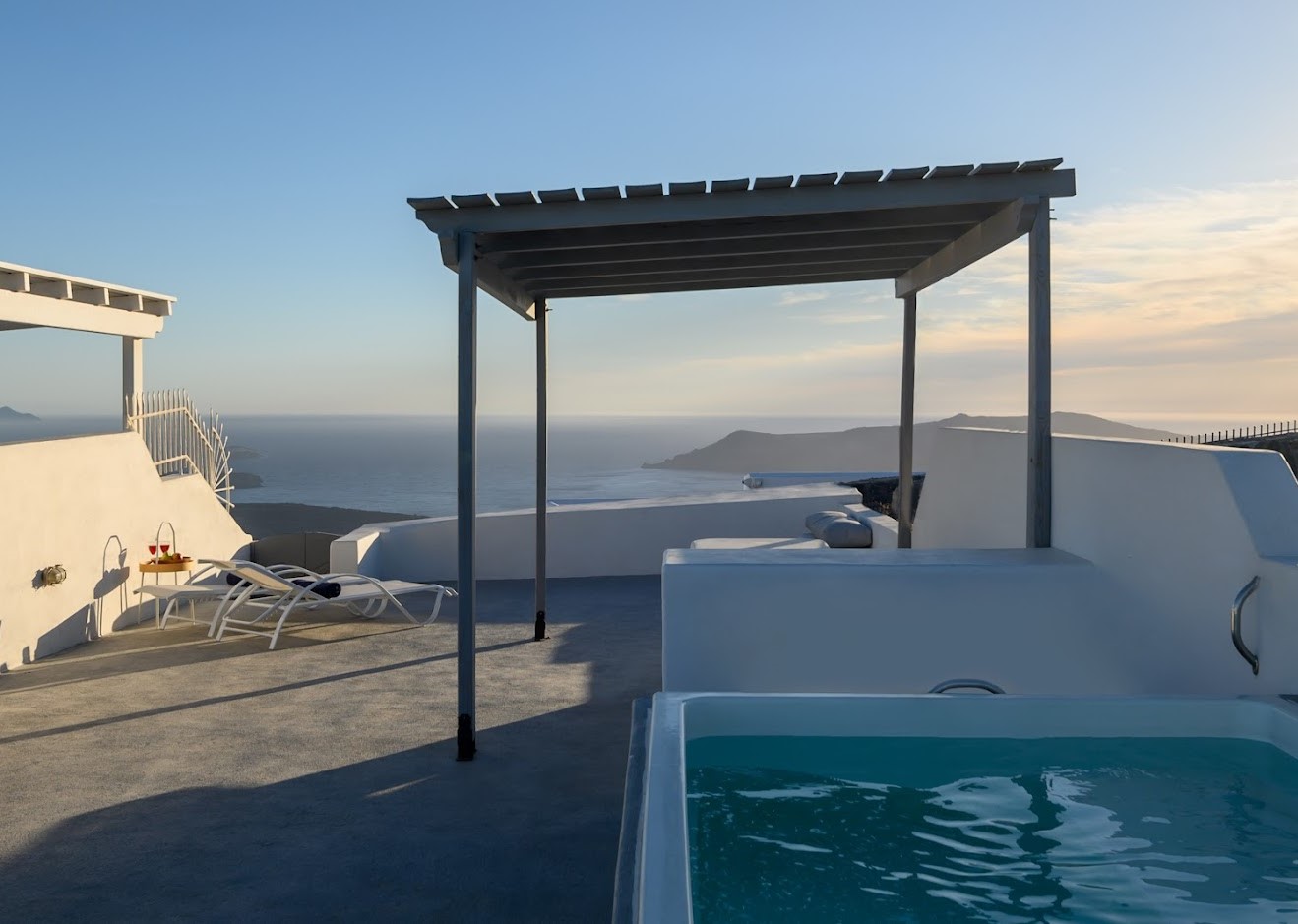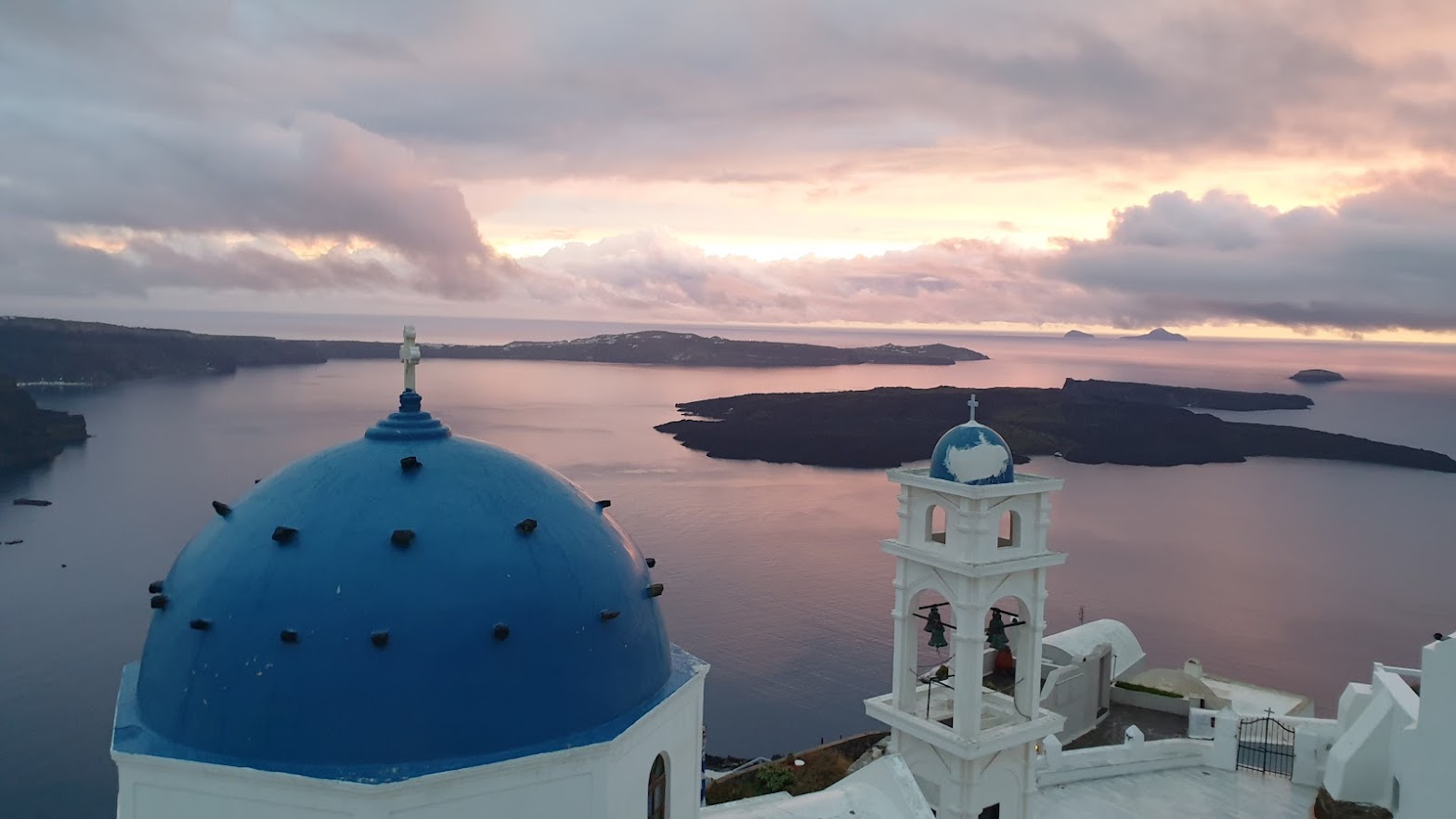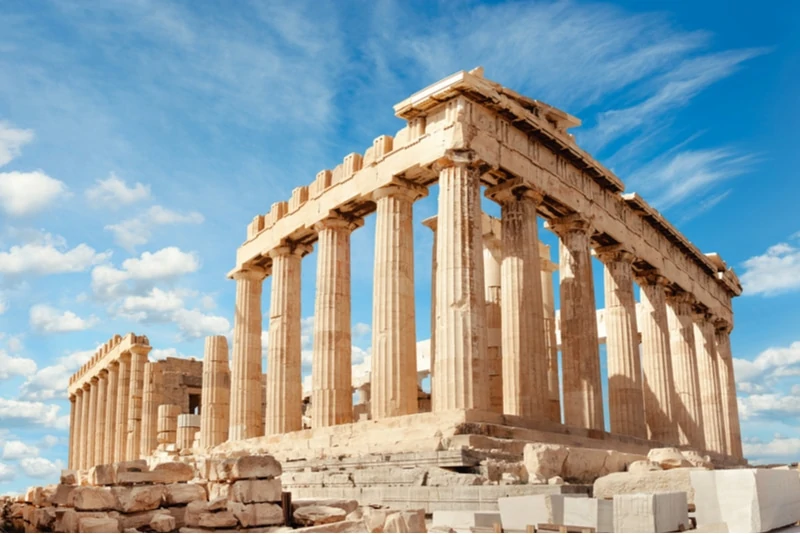There’s no denying it. The volcano in Santorini is a must-see for anyone planning a vacation (or even just a quick trip) to the magnificent Cyclades Island. Indeed, the Santorini volcano has molded the island’s rich and dramatic history and past since the 1960s, pushing the island to literally rise from the ashes.
Here are some facts about this major player and how it has influenced the appearance and feel of Santorini today. As you will see, the volcano is much more than just another Santorini tourist attraction to photograph. It is a living example of how willpower can help transform life’s challenges into something admirable.
Santorini was originally the home of a highly evolved society, according to excavations at the ancient Akrotiri village. Multi-story buildings, subsurface heating, and dual-pipe plumbing could all be found at a time when people in other areas of the world couldn’t even conceive of such things. It even had a sophisticated civil defense system in place to help citizens avoid earthquakes!
Struggling To Survive
The Santorini volcano explosion, which occurred million years ago, was so devastating that it obliterated all traces of life and civilization on the island. In fact, the Santorini volcano’s eruption during the Minoan era is thought to have been the most disastrous event on Earth in the last ten thousand years, destroying everything within a 60-kilometer radius. Furthermore, scientists claim that the 10-meter-thick volcanic ash blanket, together with sulfuric acid drops, has reached Greenland’s glaciers, lowering Earth’s average temperature by a couple of degrees Celsius.
Rising Of Island
Santorini miraculously recovered its footing, with the first inhabitants arriving after the 8th century BC and attempting to re-establish the island’s prosperity. Since then, the Santorini volcano has erupted several times, the most recent of which occurred in 1950, erupting 1,000-meter-high fireballs and ejecting more than 90 billion tonnes of molten rock in just six days. The explosion was so tremendous that it triggered a gigantic wave that slammed against the Cretan coastline. At the same time, the acid rain that continued to pour on Santorini for several years killed the local fauna and flora, creating the Caldera, a famous Santorini tourist site that is included in every Santorini sightseeing tour and list of things to do in Santorini.
Thera, Thirasia & Aspronisi Creation
Santorini as it is today bears little resemblance to what it was in the 1600s. According to volcanic experts, the Santorini volcano has erupted more than 12 times in the previous 40,000 years, forcing the island to rebirth and significantly altering the archipelago’s shape.
The island was nearly double its current size nearly 3 million years ago. Nonetheless, after a volcanic explosion at Cape Riva, a huge portion of it collapsed, forming a caldera near the current Santorini tourist attraction of the same name. In 1613, a newer eruption split the island into three parts — Thirasia, Thera, and Aspronisi – a thousand years later. Santorini became home to the islets of Palea Kameni and Nea Kameni in the eight eruptions that followed.
In addition, the lava that has poured into the Aegean Sea for thousands of years has resulted in the construction of incredible underwater caves and volcanic cliffs that are not found anywhere else. Fortunately, the volcano has been inactive since the 1950s, and scientists don’t expect anything comparable to happen again for another 11,000-15,000 years or more. In any event, they’re keeping a tight eye on temperature changes, seismic activity, and the vapor concentration of the hot springs. This allows them to forecast a future volcanic eruption up to a year in advance.
How to enjoy your Santorini volcano visit
Joining a sea cruise or excursion to Santorini, which may include a stop at Palia Kameni and Nea Kameni, as well as the sulfur-rich Hot Springs, is one of the greatest ways to learn about the volcano. You may walk all the way up to the crater and along the caldera rim from there. Simply make sure you’re wearing some comfortable, stable hiking shoes in this situation. Although no rigorous hiking is expected, it is preferable to be at ease during such an exhilarating experience.








